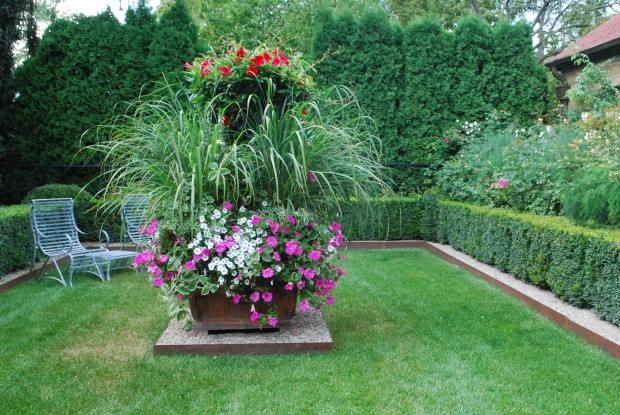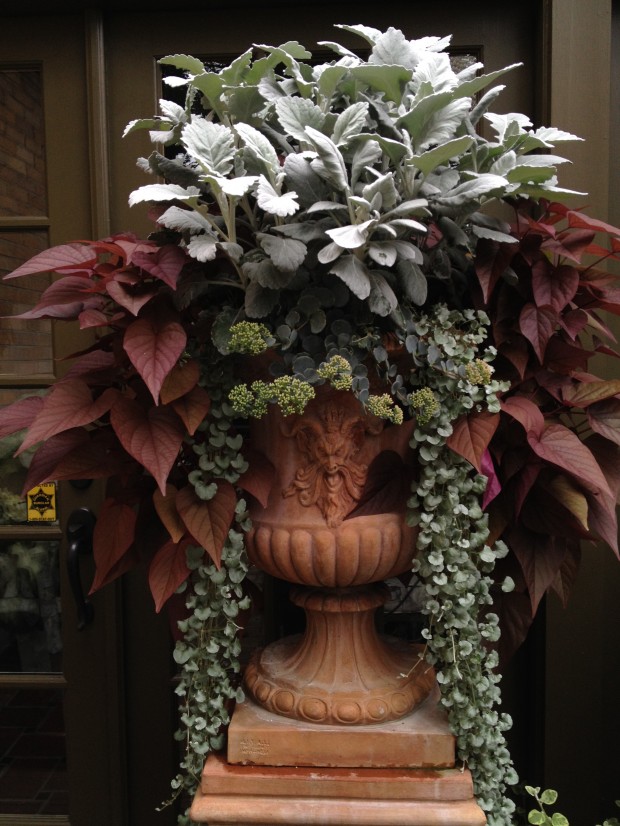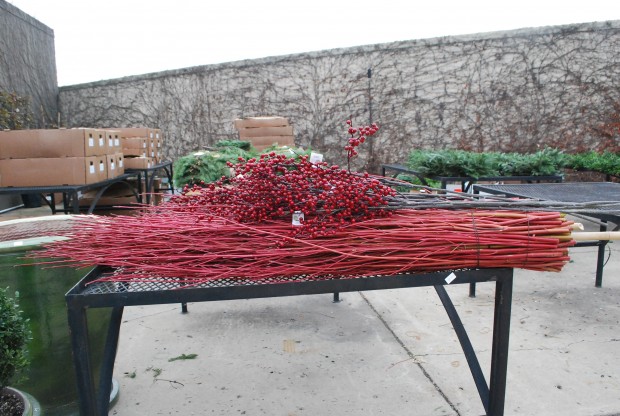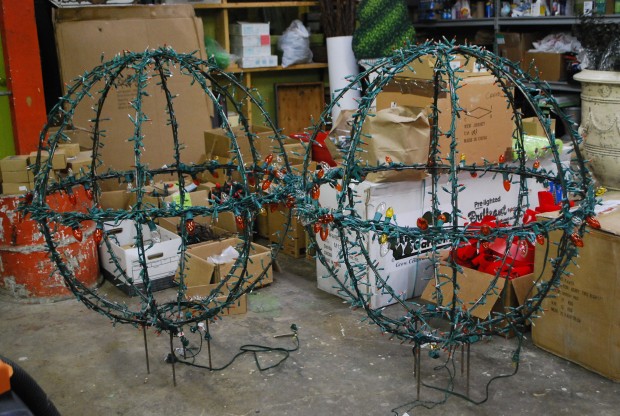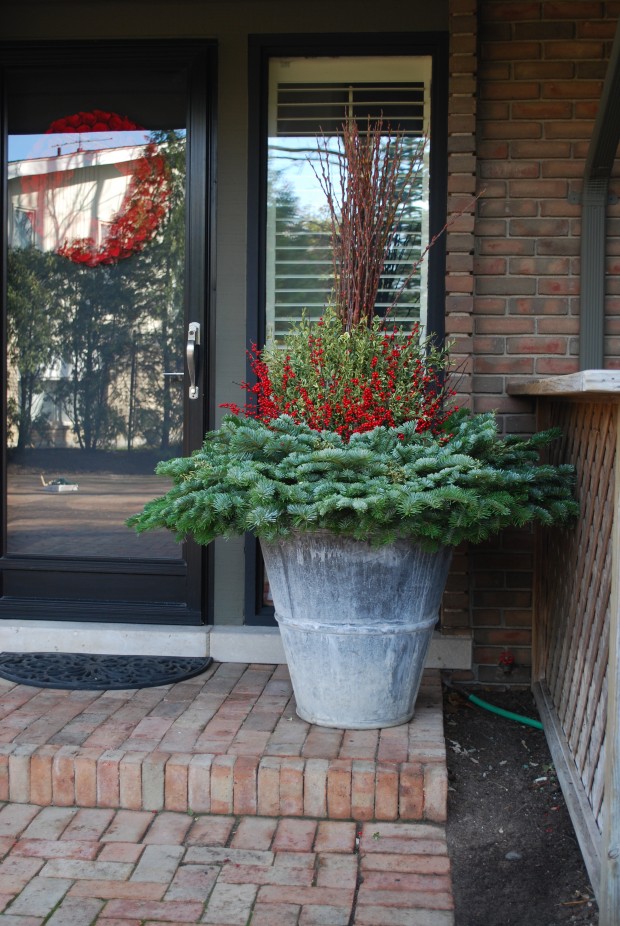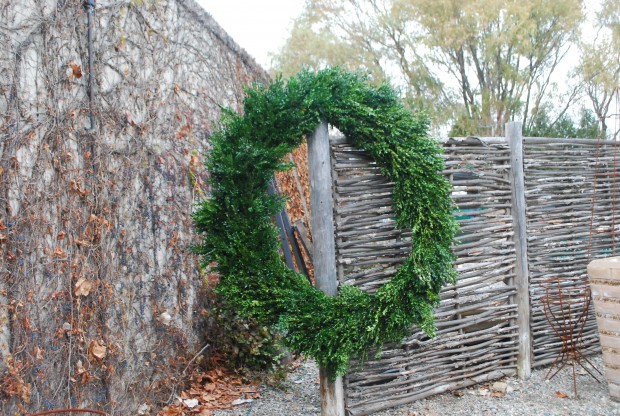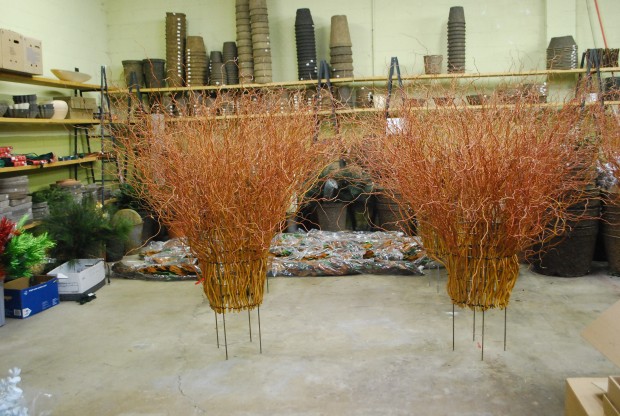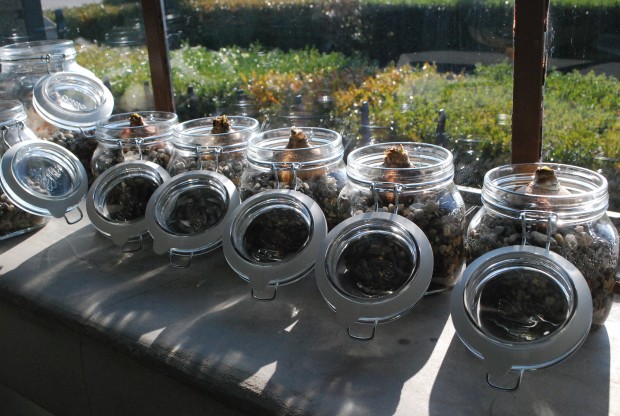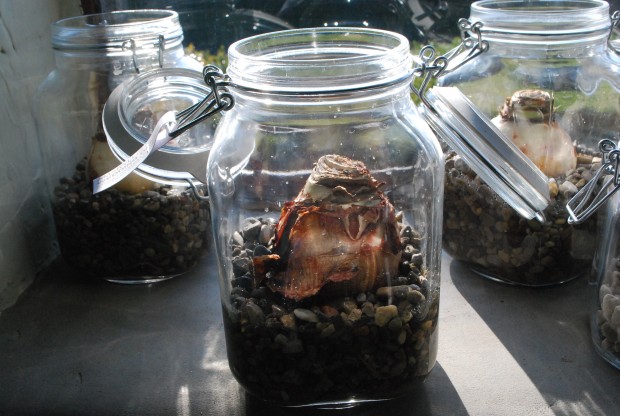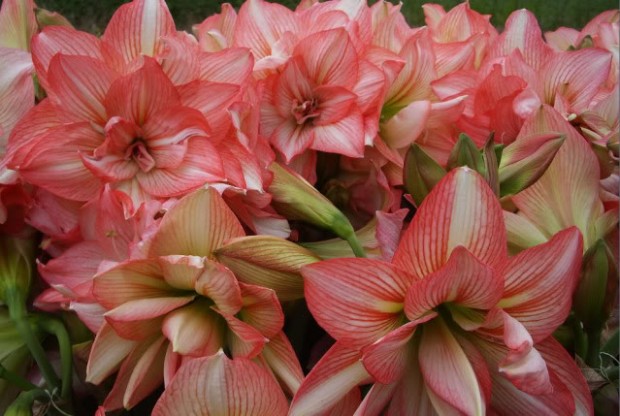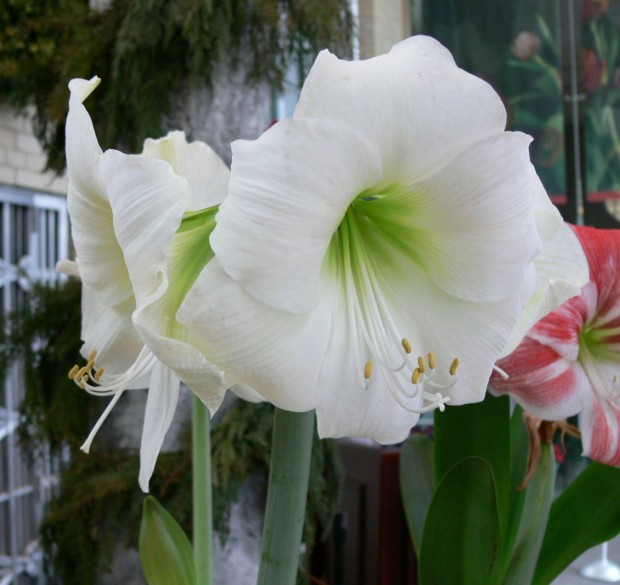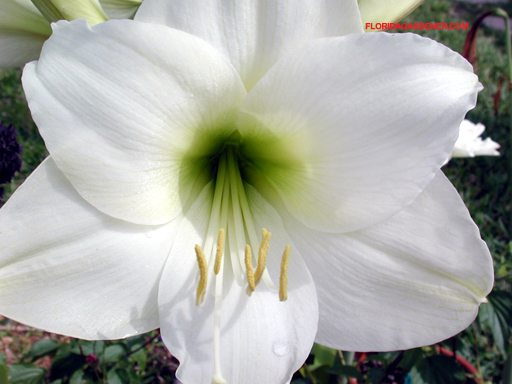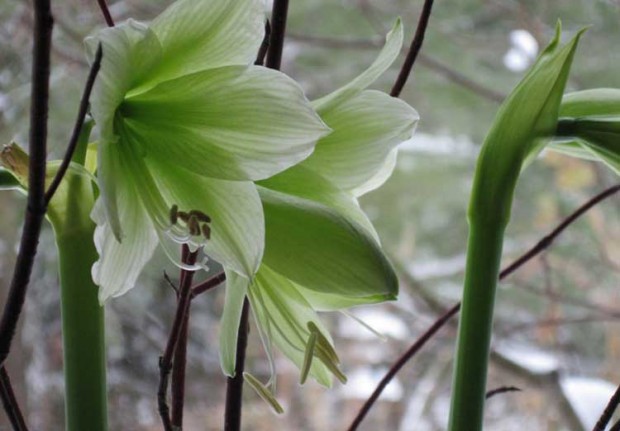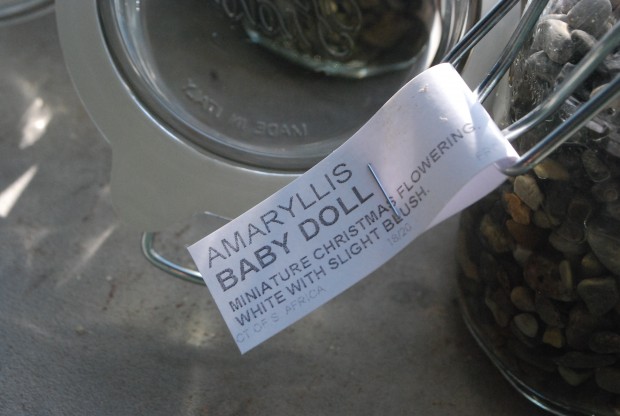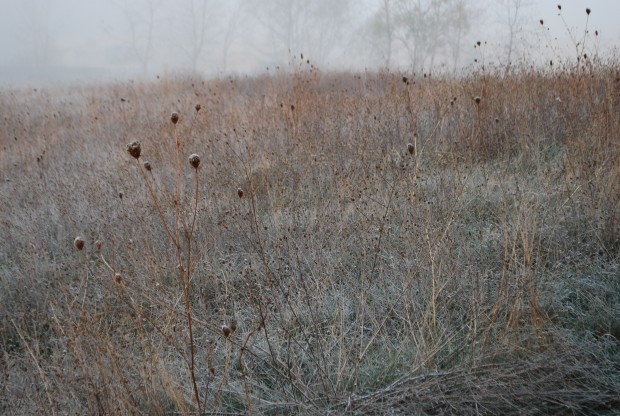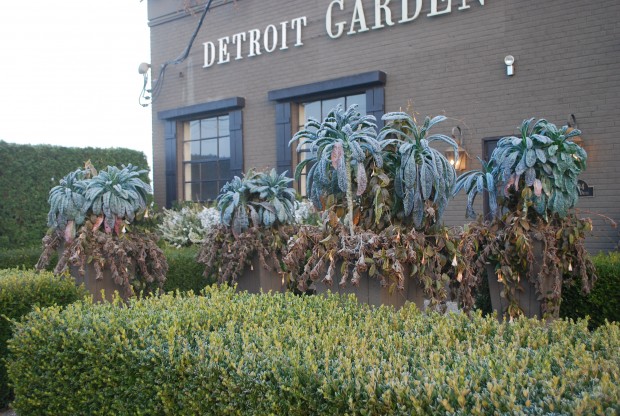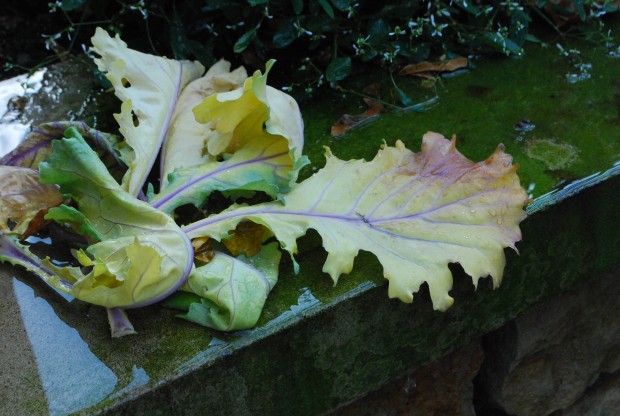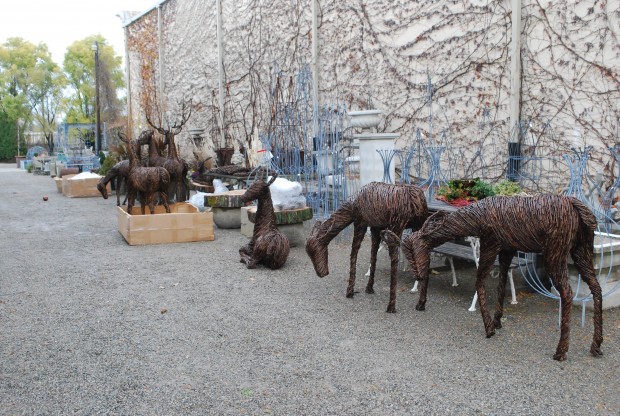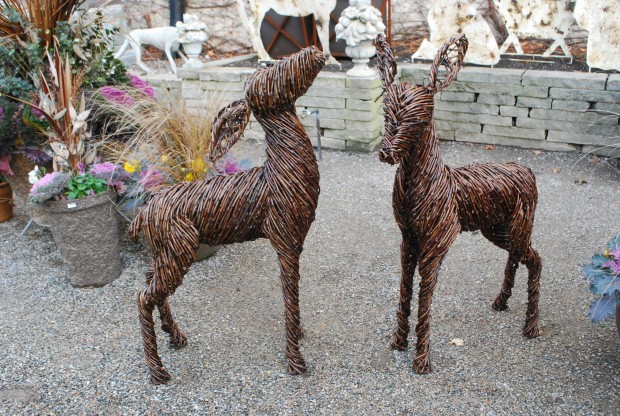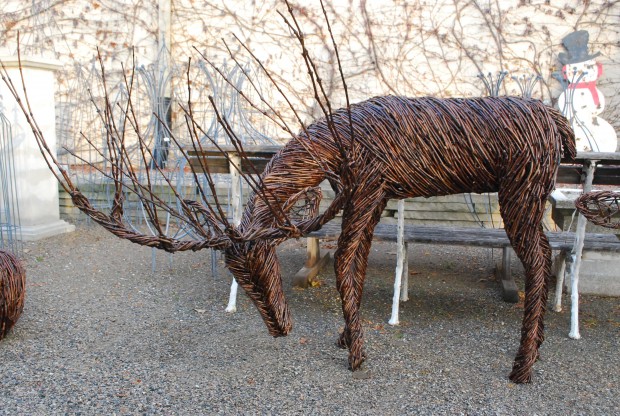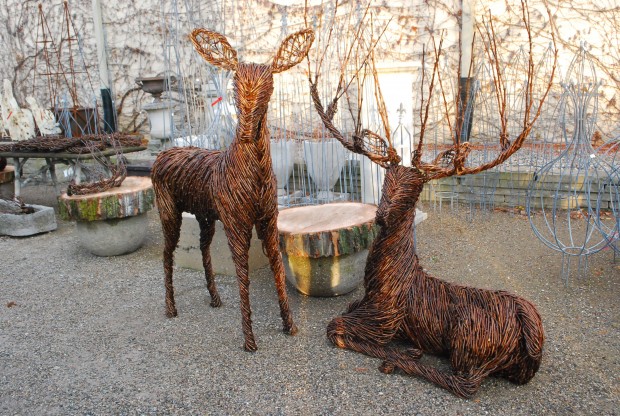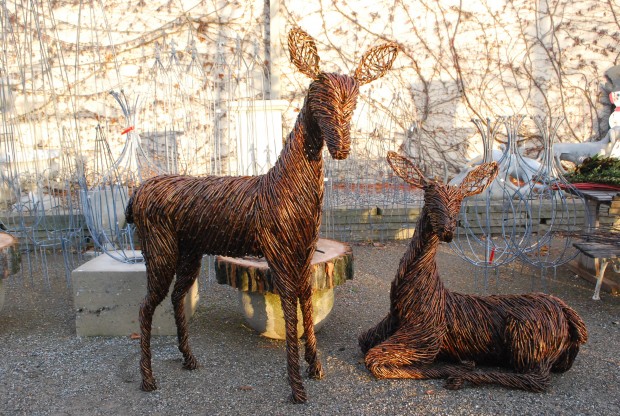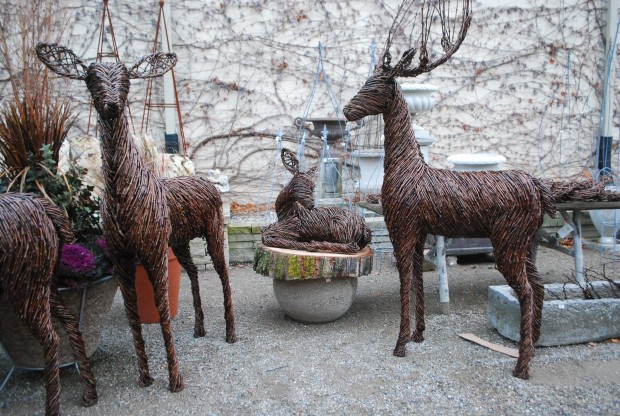Growing amaryllis in glass jars on a window sill is one way to keep the spirit of the garden going on in the winter months. That said, gardeners like me are hard to persuade. Those who insist that the garden is over at that moment we have a hard frost are selling their inclination to garden short. Very short. A gardener’s point of view is strong-all year long. It doesn’t much matter whether you garden in Austin or Olympia or Chicago or Miami-a love of the garden can electrify a life. Garden on-everyone. If you garden in my zone, there are those “other six months”-like them or not.
This might be my most favorite container I have ever planted at home. For sure, it is my most favorite photograph of one of my containers. How I loved how this looked, and how I regretted watching it succumb to the cold. These Italian pots are in the basement now. It is a quiet time for them. Time for me to move on.
The winter season has its opportunities. Winter arrangements in frostproof containers not only help stave off the off season blues, they are a delight to the eye. Our shop is very busy-constructing winter gardens that reference the garden. We produce an enormous amount of work for clients between mid November and mid December, but this post is not about my work. I am interested in in passing along what all of that work, and all of that contact with people keenly interested in the garden, has taught me. The upshot- every gardener has options. All year round. Every season.
The moment any gardener decides to make something -and by this I mean envision, create, construct, edit, and install-is a good and satisfying series of moments. As heartbreaking as it is to watch the garden go dormant, it is equally exciting to have a winter gardening season asking for a gardener’s best effort. Feeling low? The best counter to that is to make something. Make something be. Make something happen.
Winter container arrangements speak the language of the garden. More importantly, they scoop up, engage, and occupy the heart of any serious gardener. Be generous. Go large.
Those topiary forms that over the course of the summer that provide a form for hyacinth bean vines or mandevillea can provide a structure for winter lighting. Lighting in the winter-essential. Should you garden in my zone, the dark at 4pm is soon to come. Light up the night.
These pots are stuffed with greens. Fresh evergreens. In the center, variegated English boxwood. The steel topiary forms are detailed with lights. The time it takes to create a winter arrangement like this is time very well spent. The process of coming to grips with the winter is every bit as important, maybe more important, than the passing of the summer garden. Change is not so easy, but change is essential.
How do I handle the garden going dormant? I get busy. I decorate for the holiday-and the winter. It helps sooth the sting that begins with the first hard frost.
Fresh boxwood is available at your local farmer’s market. This 54 inch wide boxwood wreath-a request from a client. Hew plans to decorate his client’s home in a big and positive way. Spend more time making your winter season beautiful.
Whenever I am making something, I am happy. My advice? Get busy. Make something. Make something beautiful. I promise-the winter will fly by.
